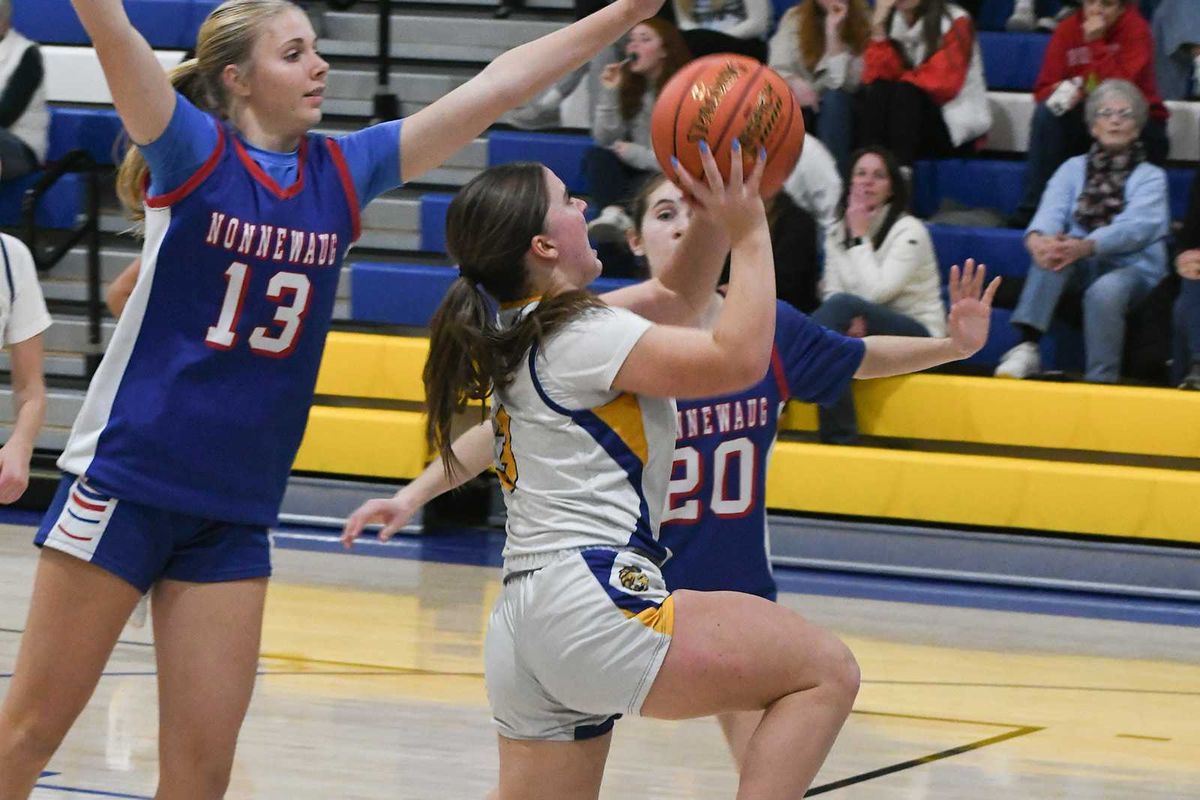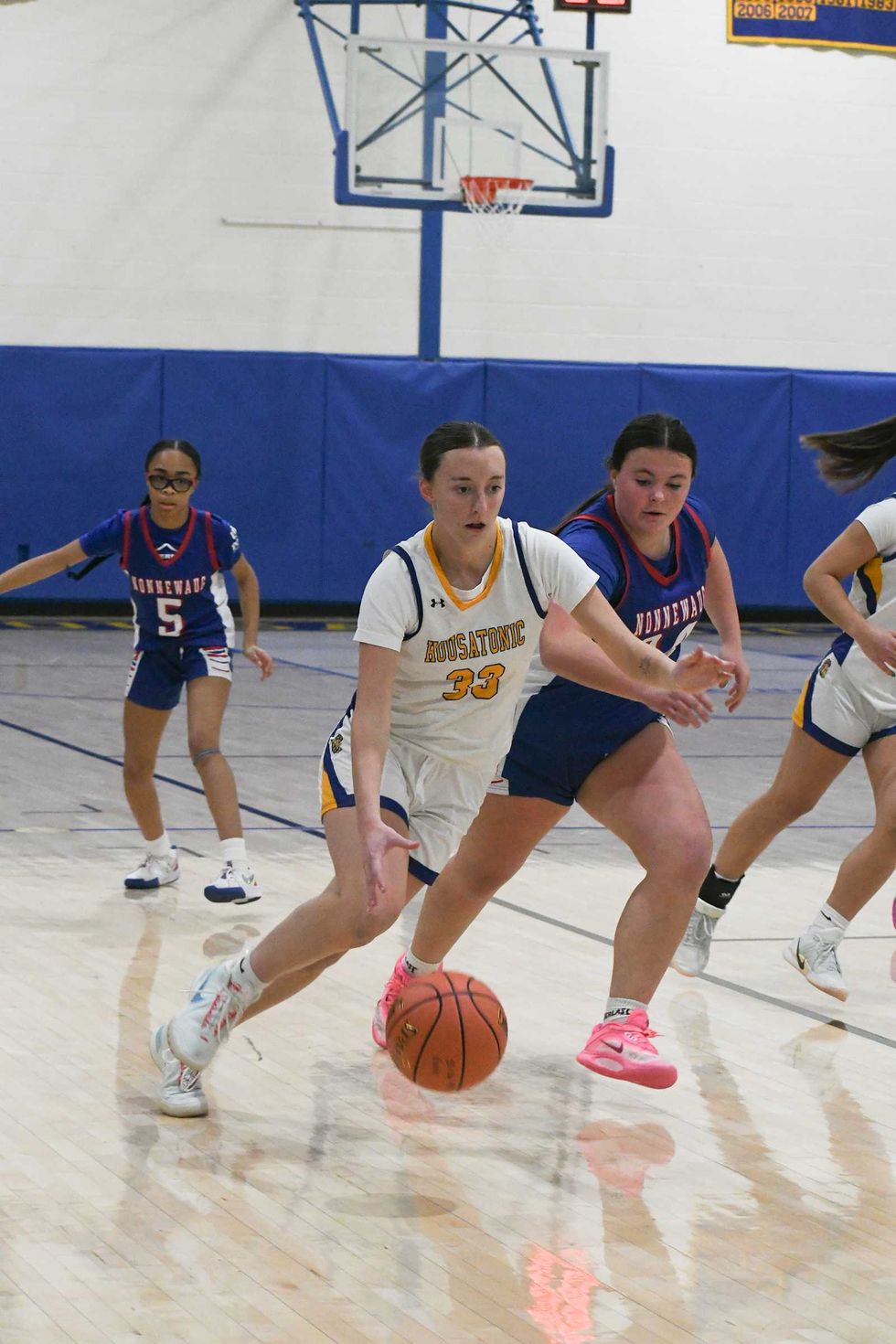Part one of two
Many readers do their utmost to forget that America continues to hold captive 35 Muslim men at Guantánamo Bay, Cuba. But as the 20th anniversary of the prison has just passed, I thought it appropriate to write this reminder. It’s a problem that won’t go away until our nation finally deals with its vestiges. Originally, the United States imprisoned almost 800 men and boys there, while indulging in fantasies such as they’re the “worst of the worst.” But fabulist bubbles have a way of bursting. George W. Bush quietly released several hundred of the prisoners, and Barack Obama transferred out a couple hundred more. Currently, 35 prisoners remain. Twenty have been approved for transfer (though actualizing a transfer authorization often takes years, sometimes several); 12 fall under the purview of the military commissions: three have been convicted, and nine — including the five 9/11 defendants, whose case has continued seemingly forever in that their torture has complicated the case enormously — who are yet to be tried; and three never-charged but nonetheless imprisoned men. Sen. Dick Durbin, chair of the Judiciary Committee, had this to say about the last category: “Holding people without charge or trial for years on end cannot be reconciled with the values we espouse as a nation…”.
(My client, known as Abu Zubaydah, is one of the three; I will write about him in Part Two.)
Yet given the aging prisoner population, the brutal torture inflicted on many of them that guarantees significant health problems (both physical and mental), and other considerations, the U.S. is now trapped in an ever-more-dire financial disaster. Recently, the military was forced to abandon the ultra-secret maximum-security Camp 7, where the so-called “high-value detainees” had been held. The camp cost $17 million to build, but then it began to crumble.
Raw sewage sloshed through the tiers, the power sometimes went out, and some cell doors would not close. Elsewhere, fungus was growing in a new $10 million “tiny-house village” being assembled at the military court compound to house lawyers. An M.R.I. device, which had cost $1.65 million in 2012, suffered a “catastrophic failure” from neglect during the pandemic; the plan to lease a replacement may drag on for months. In another part of the base, construction of a $115 million dormitory is a year behind schedule.
The cost of the Guantánamo prison has been staggering. To date, $7 billion has been spent on it. “At Guantánamo, they continually put Band-Aids on instead of coming up with realistic solutions,” said retired Brig. Gen. John G. Baker, who formerly oversaw military defense teams at the prison.
The facility costs $540 million per year to operate, including about $100 million for military commissions. That comes to $15 million for each prisoner, when, for example, a year at the Supermax federal prison at Florence, Colo., costs the government (actually, us taxpayers) only $78,000. I believe that no prisoner has ever escaped from a Supermax prison.
But Congress, playing politics as usual (these men are so-o-o dangerous), continues to block any transfer of a Guantánamo prisoner to the U.S. mainland, no matter how securely he will be held. The Biden administration is trying to untie that Gordian Knot. Negotiations, which have been ongoing since at least March 2022, have continued between the prosecution and defense teams in the 9/11 case. The deal would center on guilty pleas by the defendants in exchange for the prosecution dropping its request for the death penalty. I can offer no prediction on whether they might succeed. But if they do succeed, will Congress, at long last, drop its posturing, and permit the prisoners to spend the rest of their days at a Supermax prison, so it can cease burning its taxpayers’ dollars?
If the negotiations fail, it is anyone’s guess when the trial will begin. On March 20, 2022, The New York Times’s indispensable Carol Rosenberg stated that “jury selection cannot start before mid-2024 — and that is according to the most optimistic estimate.” The case began for the second time on May 5, 2012. (The first charges had been dismissed, with the prosecution having the right to file new ones.)
Biden has appointed a special representative, Tina Kaidanow, to focus on finding a home for those cleared for transfer. But, alas, unlike the similar representative appointed by Obama, Ms. Kaidanow does not report directly to the Secretary of State.
Salisbury’s Charles Church is a lawyer who serves as co-counsel for Abu Zubaydah, on whom Part Two will focus. His comments, of course, reflect his own views, and not those of this newspaper. Church offers special thanks to Carol Rosenberg, who has been reporting on matters relating to the Guantánamo prisoners since January 2002, four months after 9/11. Many of the facts in this piece were reported by her.













Designing a prison at Guantánamo for the short term, now over 20 years old, with no end in sight: A monumental miscalculation